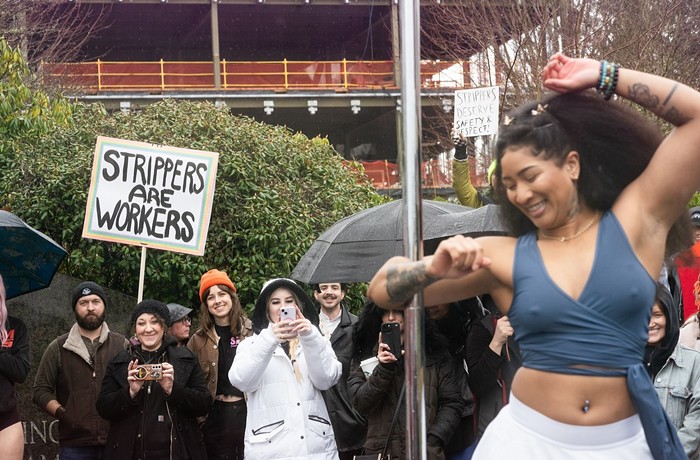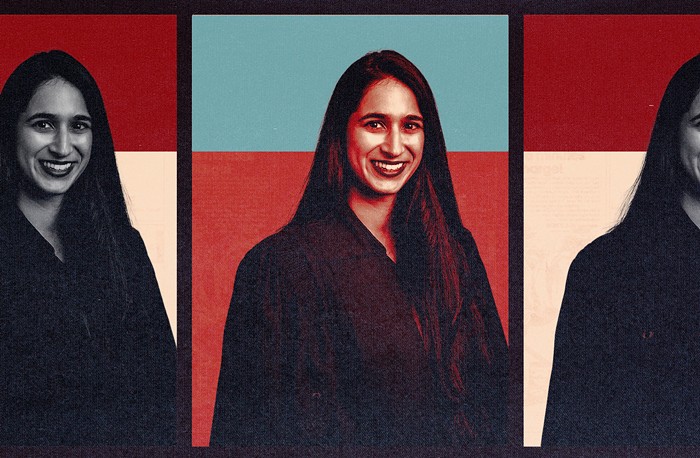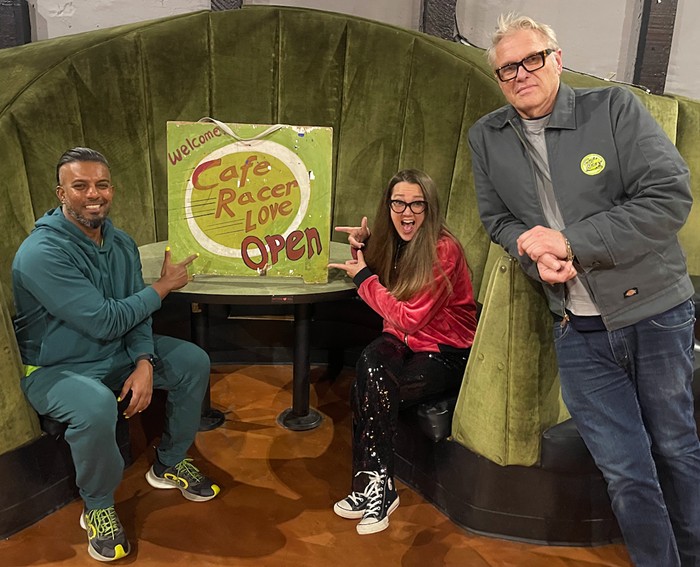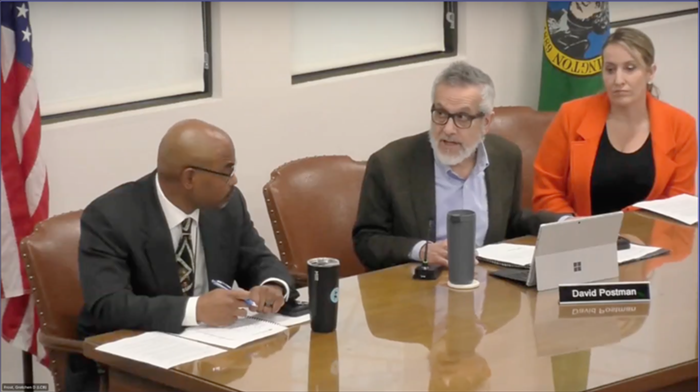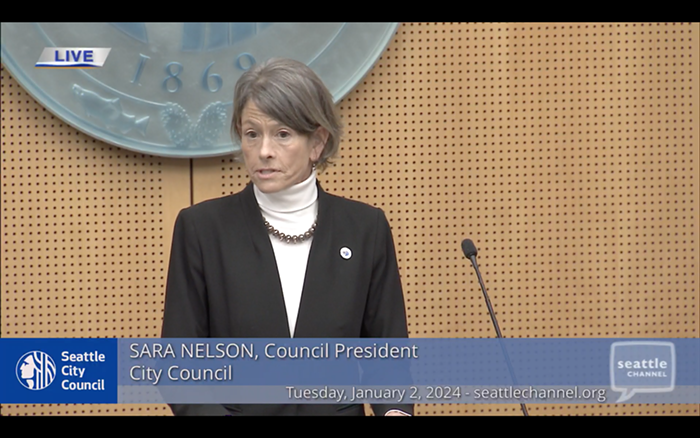
While the rest of us celebrated the opening of two new light rail stations over the weekend, the Seattle Times Editorial Board took the chance to lay out its vision for the future of light rail in Puget Sound. That vision: more parking.
The board writes that the light rail package expected on your ballot this fall—Sound Transit 3—"must include parking."
Pragmatism is especially important at Sound Transit, which will continue to provide a variety of options to the diverse area it serves. For many residents, cars are the only reasonable option to access transit.
Even in dense, urban areas, Sound Transit should plan for continued use of the automobile despite the anti-car zealotry in vogue at Seattle City Hall. At a minimum, transit stations need places for cars to drop off passengers.
The problem: Parking may actually encourage people to drive, the exact opposite of the goal of building more light rail. (Proving definitively that parking causes driving is difficult, but recent research makes a strong connection between the two.) Planning excessive parking for future light rail stations can also get in the way of development and density near the stations and ignores the pressing environmental demand that makes light rail so essential.
That's why the local Sierra Club is asking Sound Transit to build less parking. If the agency won't stop building parking—they say there's high demand for park-and-ride lots—the club is urging them to at least charge for that parking to recoup some costs and discourage driving. (Low-income drivers would be offered a lower parking rate.)
"From a climate perspective, we really can't keep supporting the driving at the kind of levels that have been occurring the last decade or two," Tim Gould, who chairs the local Sierra Club's land use committee, told me earlier this month.
To put it another way: While the Times acts as if the "anti-car zealotry in vogue at Seattle City Hall" is the short-sighted policy here, it's their own car fetish that's truly myopic.
The Times Editorial Board has a history of rejecting Sound Transit measures and is already calling ST3 "a breathtaking investment." It's not hard to imagine the "it's too much money for a bad plan" argument board members are already planning.
But excessive parking does not make a good transit plan.All of the projects being considered for ST3, including parking lots, are competing for a limited amount of money. With a package that's likely to be $27 billion, transit advocates will have to convince voters the goods are worth taxing themselves for 25 years.
Consider two investments: A proposal Sound Transit is considering to add new parking to the Tukwila International Boulevard station would cost $58-$63 million. That project would hold 1,000 cars. Meanwhile, the recently passed Move Seattle levy will fund a bike and pedestrian bridge over I-5 in North Seattle to connect a new light rail station there with North Seattle College. That project will cost less (about $26 to $33 million) and benefit at least as many people. The city estimates that the bridge will result in 870 new light rail boardings each day and "about 2,800 station users [will] benefit from these improvements."
Any money spent on parking lots in ST3 could instead be put toward bus lines feeding into light rail stations or bike and pedestrian infrastructure near the stations—all the types of transportation modes we must be moving toward.
"If we're trying to convince people to vote for ST3," Jesse Piedfort, chair of the Sierra Club Seattle Group, said earlier this month, "we should make sure we're spending people's money wisely."
